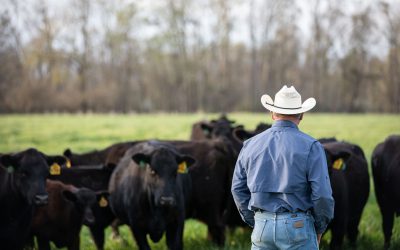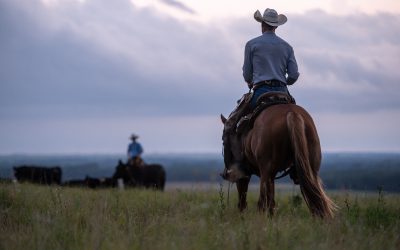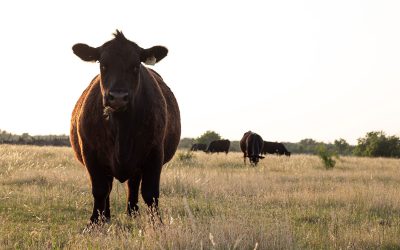Setting Precedent, part II
We’re standing atop the tallest point of his Marianna, Fla., ranch and it’s honestly a little difficult to imagine. To my left and right and farther than my eye can see, Herman’s cattle graze under a canopy of trees and I ponder the need for fence at all. Advancements in the Angus breed and selection for docility leave Bar L Ranch calves calm and quiet.
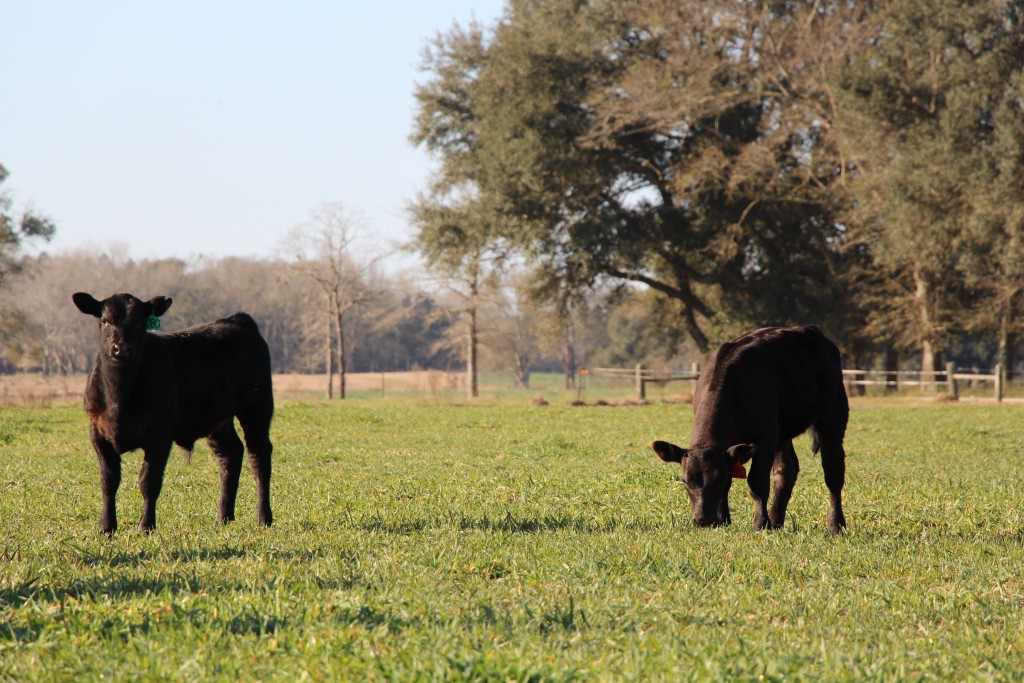
Years have passed too quickly in between then and now but Herman looks at his cattle like a case he’s studied, toiled over and won. He’s seen what they are capable of and he and the guys, led by nephew, Blane (pictured), merely do their part to help them get there.
“We started cattle in the mid ’60s,” he says. “We just bought a small little herd of 25 head. We had land that wasn’t suitable for row crops so we ran cattle on it.”
Before he knew it that small herd turned into 1,100 commercial cows; Angus became its core.
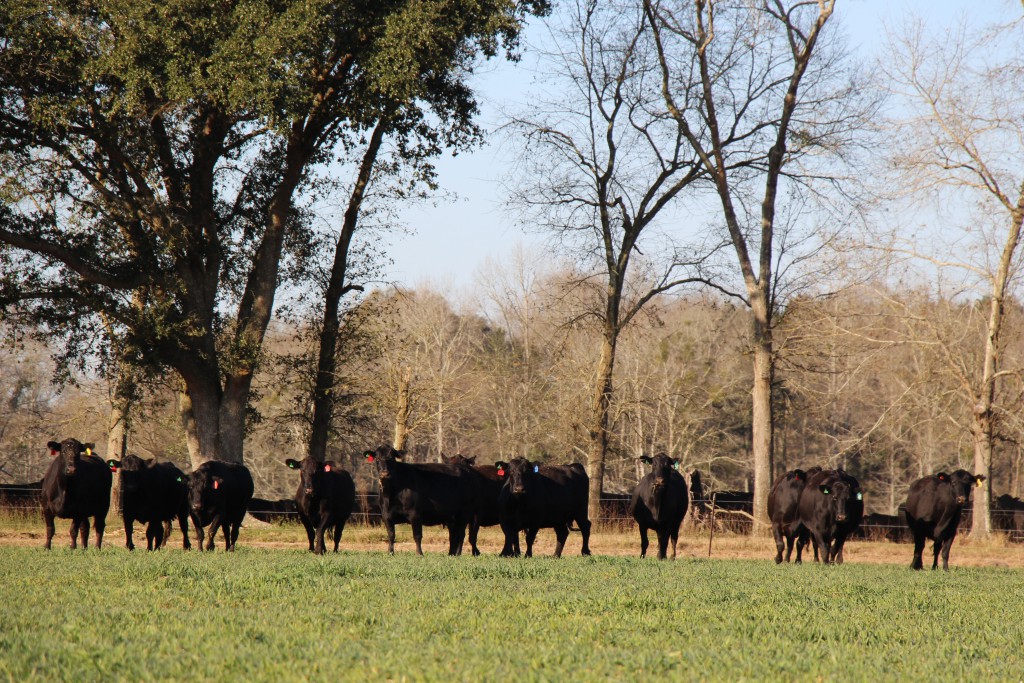
“Angus was so far ahead of everybody else,” he says, referring to the reading he did outside of his law textbooks. “It was a no brainer when you looked at what was being done.”
For ten years he fed and for ten years he learned. A decade’s worth of data sits in his desk drawer from the years he spent feeding cattle in Texas and Kansas. He’ll credit those days to jumpstarting his preconditioning program, perfecting his vaccination protocol and removing the “ear” influence from his herd.
“I just wanted to get better at what I was doing and it taught me,” he says. “The education, the hidden costs you learn to avoid, it led me in the right direction.”
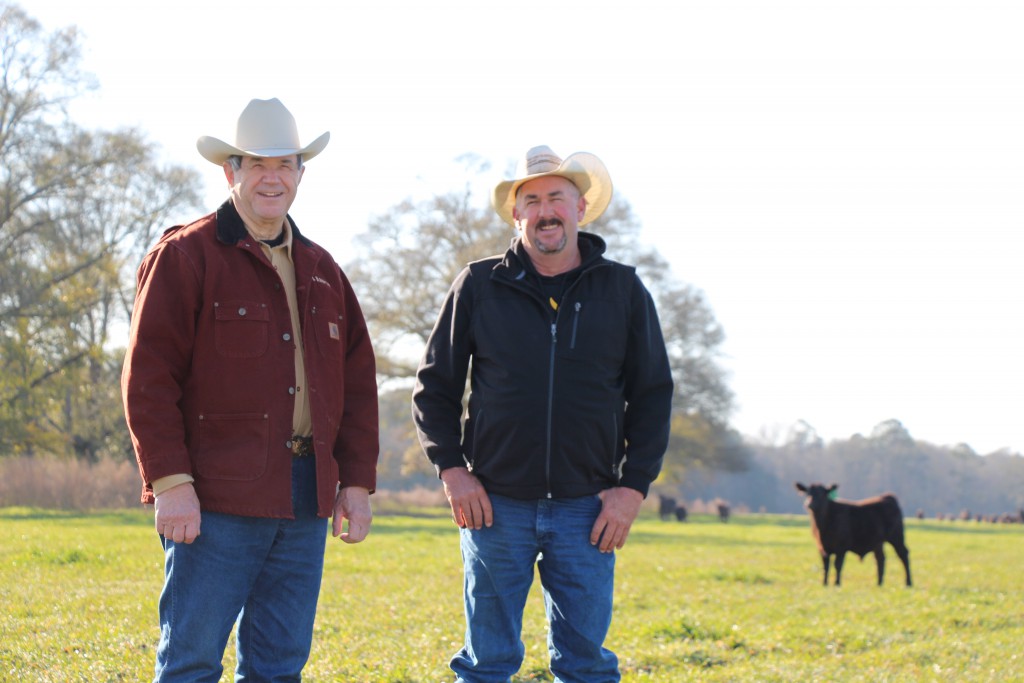
When it comes time to select for genotype, he looks first and foremost at birth weight.
“I’m a believer that if a heifer can’t have a 75- to 80-lb. calf, you’ve made a mistake. You haven’t developed her right. I don’t want any 50- to 60-lb. calves.”
“Milk is critical to your weaning weights, but without the right nutrition program it can be your downfall,” he says of his next priority. “You’ll wean a big calf that first year, but the second year you won’t have a calf. She’ll have converted all of the food to milk.”
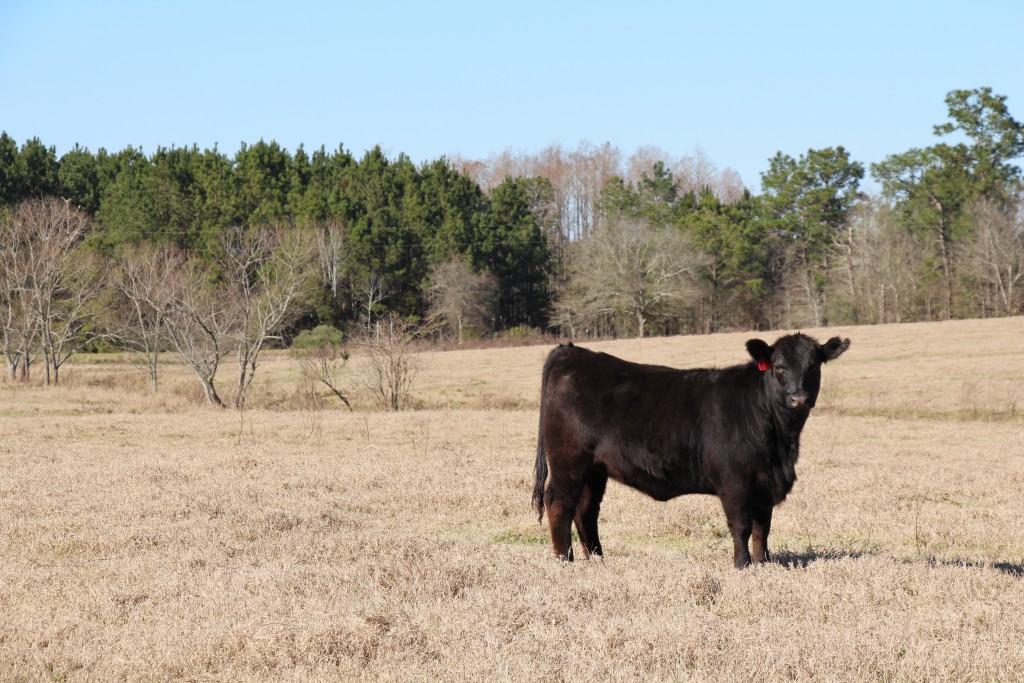
“I look for a bull that’s a 5 ½ or 6,” he says. “You want him deep, you want him wide, but that air underneath him doesn’t weigh anything when he goes on the scale.”
For cows he looks for thickness and depth, the ability to take in moisture and convert to dry matter intake before he culls at 11.
Herman doesn’t creep feed his cattle but he does give them enough nutrition through hay and mineral to reach full potential. His goal is no matter the season and weather that may come, his cows look like they’ve just come off of summer pasture.
A precedent we should all follow.
Thanks for allowing me to tell your story,
Laura
PS – If you missed yesterday’s post about Herman’s shared love of cattle and the law, you can read it here!
You may also like
Progress from small steps
Every day is a chance to learn and get better. Thousands of others like my new friends in Alabama are taking steps to meet the shifts in consumer demand, and to know more. Small steps in the right direction can start now. Even if it’s just recording a snapshot of where you are today, a benchmark for tomorrow.
Not perfect, but working to get better
The CAB Cattleman Connection team heard its name called more than once in the virtual ceremonies, and each time came a sense of personal accomplishment, but even better: confirmation that we’re getting better at our craft. I hope that means we’re doing a better job for you.
Beefed up findings
Frank Mitloehner presents his findings on the animal ag sector’s impact on global warming. He explains how cattle counterbalance other fossil fuel sectors, proving that cattle are a solution and not a threat.

